Over the years, Sabyasachi Mukherjee has wielded influence over the way Indian women dress, or aspire to. From bridal couture to occasion wear pieces, his designs and aesthetic have seeped across all markets and arguably reached a tenfold audience. He has previously spoken to us on the subject of clothing as a signifier of national identity and in this interview, shares why the sari is a symbol of national dress in India in support of our sari project.
What does the sari symbolize to you?
For me, the sari is a piece of textile, a primitive drape and not really a modern garment. But because it is primitive, it still remains classic. It can be used in any modern context and as far as the sari as a garment of choice is concerned, I think what the sari does – because it’s so region specific – is automatically gives you a regional personality which for today is the best way to assert yourself in a global platform.
Your ‘Save The Sari’ project supports karigars by buying their woven stock year-round, providing income for continuous employment. Why do you believe the sari requires ‘saving’ per se?
The sari requires saving because the customer’s awareness about the sari is gradually diminishing.
Above: Varanasi collection
The sari is an old friend which has been alienated from the consumer market for a long time.
The sari is also a very forgiving garment because depending on the personality of the wearer, a sari can adapt to anybody’s body size and shape. The biggest challenge has not been the procurement or weaving of the sari, the biggest challenge has been to convince consumers to adopt the sari. So ‘Save The Sari’ was created as a project to educate customers about adopting the sari not just for a specific time of the year but as an everyday dialogue with their wardrobe.
What are your three iconic sari moments?
Raja Ravi Varma’s paintings; all these three – Gayatri Devi’s chiffons, Indira Gandhi’s handloom saris and Rekha’s Kanjivarams; and Yash Chopra’s heroines in chiffon sarees.
Above: Sridevi in Chandini, Indira Gandhi, Rekha
What do you attribute the overwhelming popularity of the Nivi drape to?
The nivi drape is probably very versatile because depending on how long or short you can take the pallu and on how you drape it, the sari can vary between being very sublime or conservative to very sexy and erotic.
I like the fact that depending on how much of the sari you pleat, and how long or short you wear the pallu, you can actually manifest different auras in that sari. I think this flexibility makes the Nivi drape most popular.
What is your national dress ideal?
Pulled back hair with flowers, a bindi, traditional handmade jewellery and a beautiful cotton sari with a rubia blouse, and juttis with a potli bag is what I would consider an ideal look for a national dress.

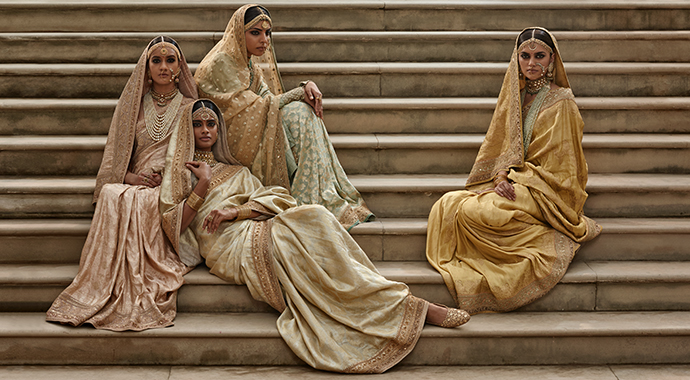
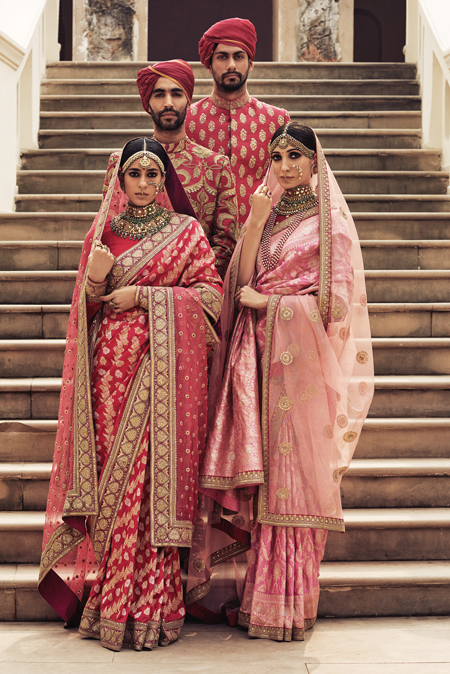
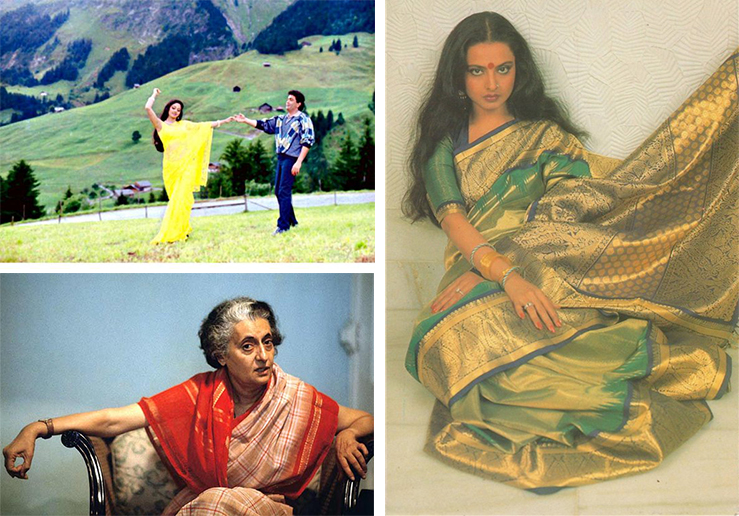
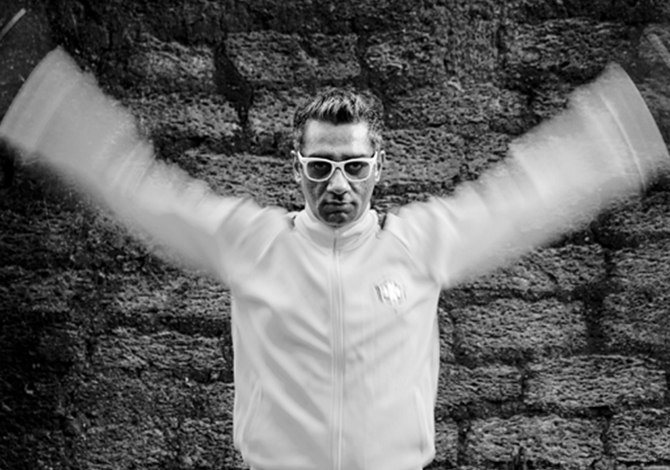

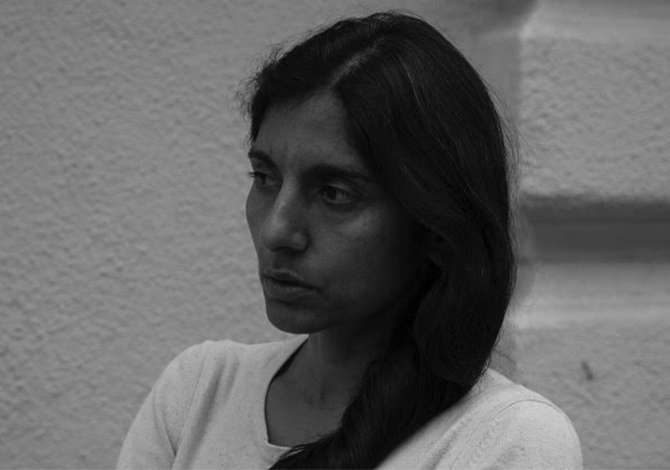
Banarasi sarees…
Traditionally royal & classy…. my love for banarasi stuff.